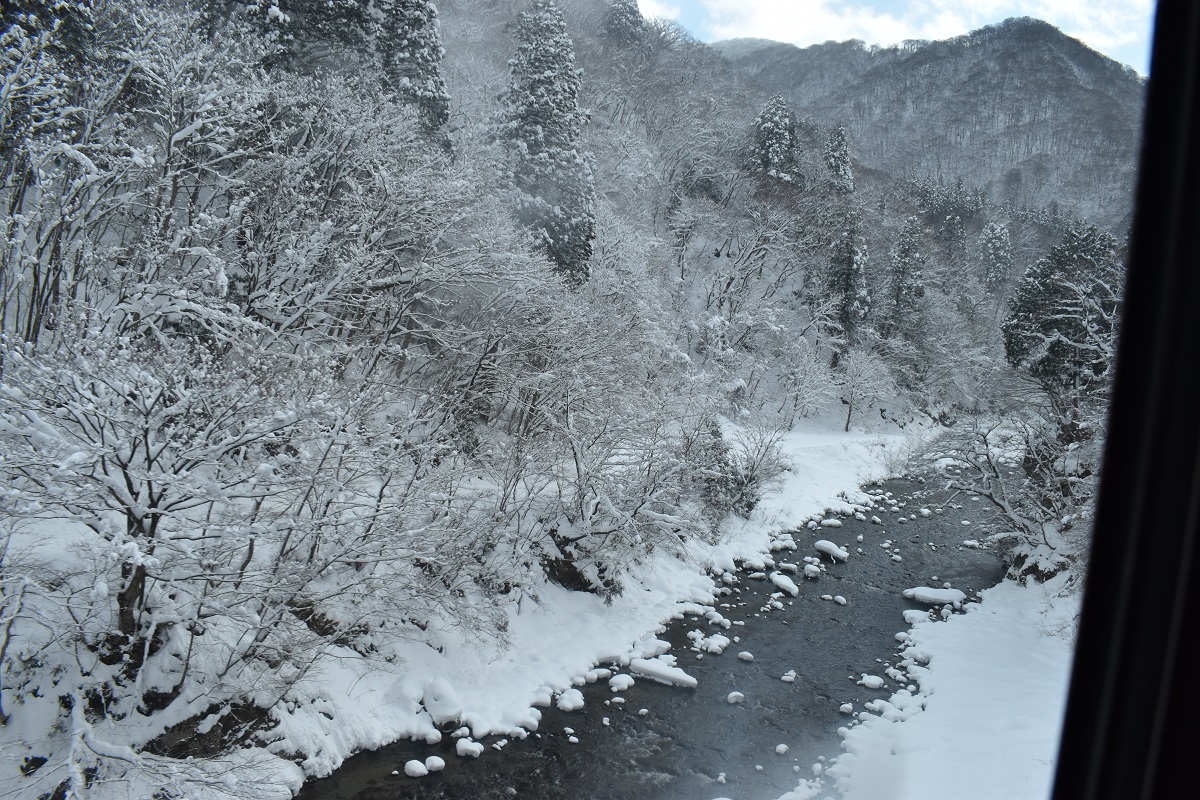
Buddha statues are made of five types of materials: metal, lacquer, wood, stone, and earth, and the materials have changed over time. Naturally, costs, time, and techniques vary depending on the material, but it’s surprising that the old ones are superior in all respects. In the Asuka period, represented by Horyu-ji Temple, Buddha statues were made of gilt bronze, although they were small, but later on, lacquer was used to make them lighter so that they could be carried out in case of frequent temple fires caused by lightning. The Asura statue at Kofukuji Temple is a representative work.

Furthermore, as Buddhism spread, the demand for Buddhist statues increased, and people began to make Buddhist statues using wood, which was easy to procure and could be produced in a short time. During the Heian period, there were many Buddhist statues made of one piece of wood. There are more wooden Buddhist statues in Nara than in Kyoto, but the surviving single-wood Buddha statues are valuable because the Heike family burned down temples that sided with the Genji clan at the end of the Heian period. Therefore, the precious single-wooden Buddha statues surprisingly remain in the region. One of the representative examples is the Yakushi Nyorai statue, a national treasure, at Shoujyouji Temple in the Aizu region of Fukushima Prefecture, where Buddhist culture was flourishing.
When it became difficult to procure a single large piece of wood to carve a Buddha statue from, they introduced the method of marquetry and division of labor to enable mass production in a short time. This led to the development of the Kei-ha school, whose representative was the Buddhist sculptor Unkei. From the Kamakura period onward, muscular statues were made using marquetry.
On the other hand, regarding stone making, large amounts of marble suitable for carving were produced around the Mediterranean Sea, so stone sculptures were produced in large quantities during the Greco-Roman period, but in Japan there was a lack of natural stone suitable for carving. As a result, 60-70% of the Buddha statues carved directly into cliffs are located in Oita Prefecture.
Usuki is home to many stone cliff Buddha statues that have been designated as national treasures, and are said to date from the late Heian period to the Kamakura period. Not only is the carving beautiful, but the colors remain as well. There are all kinds of Buddhist statues, including Amida Nyorai, Yakushi Nyorai, Dainichi Nyorai, and Jizo Bosatsu.

By the way, many of the souvenir shops here sell black garlic as a way to promote health, but I wonder why. I heard that you can make black garlic yourself by heating and fermenting raw garlic in an electronic jar for 20 days, as I saw on a Japanese satellite TV advertising program. It’s quite expensive to buy. All the souvenir shops reminded me that Japan’s satellite broadcasts are mostly commercials for health-promoting foods, jewelry, or bedding.











